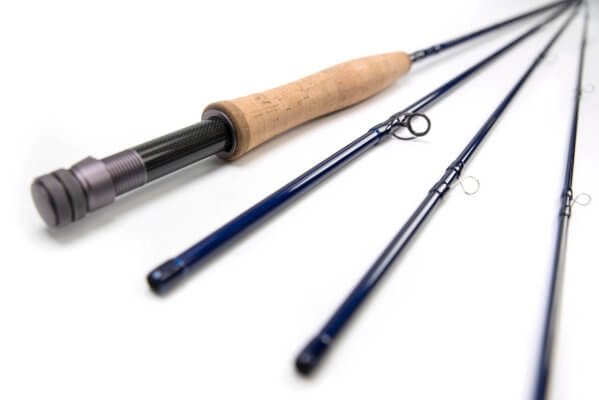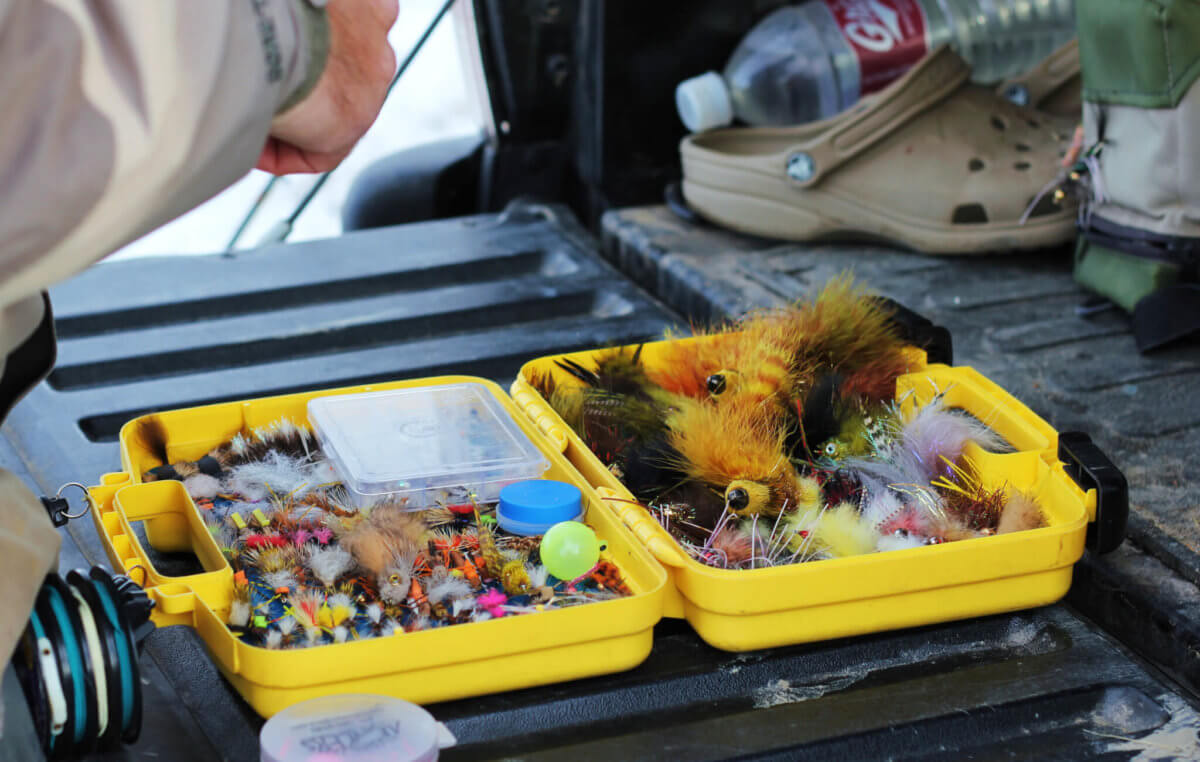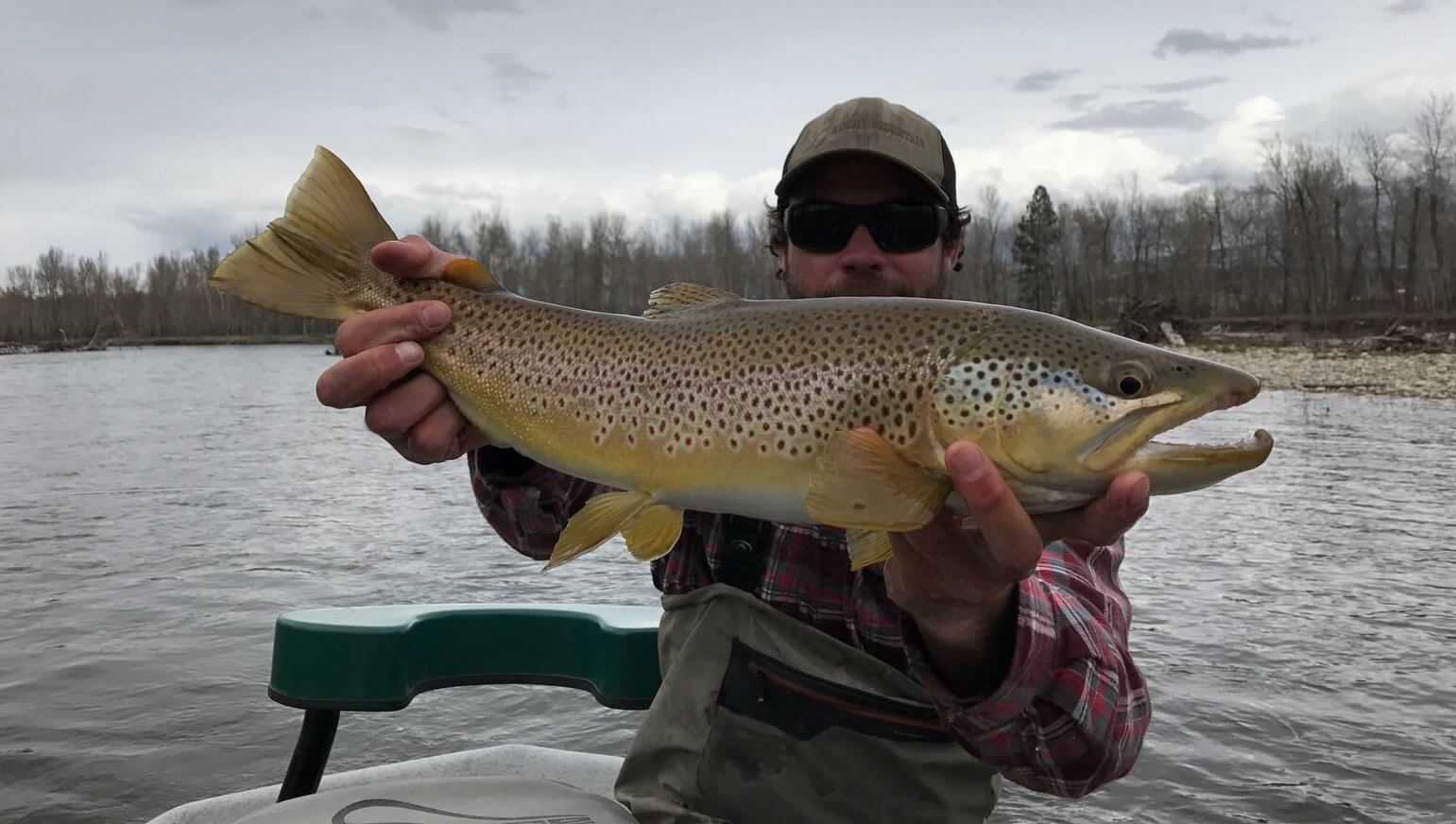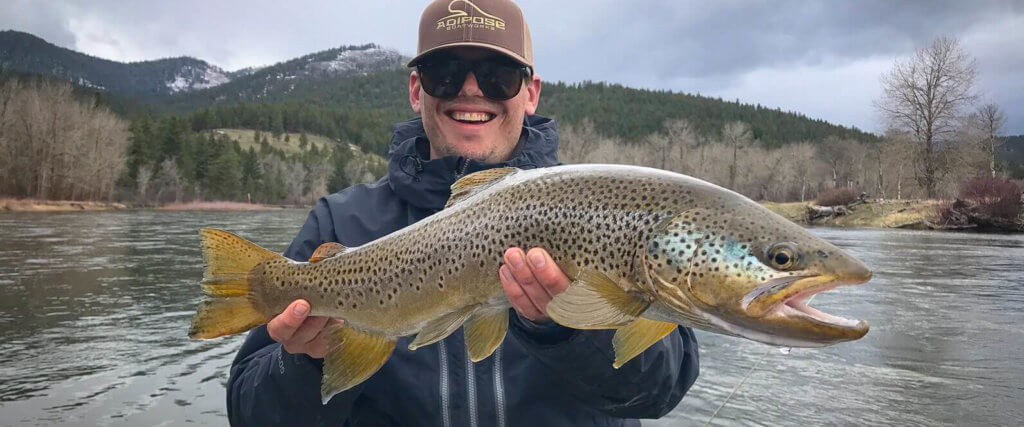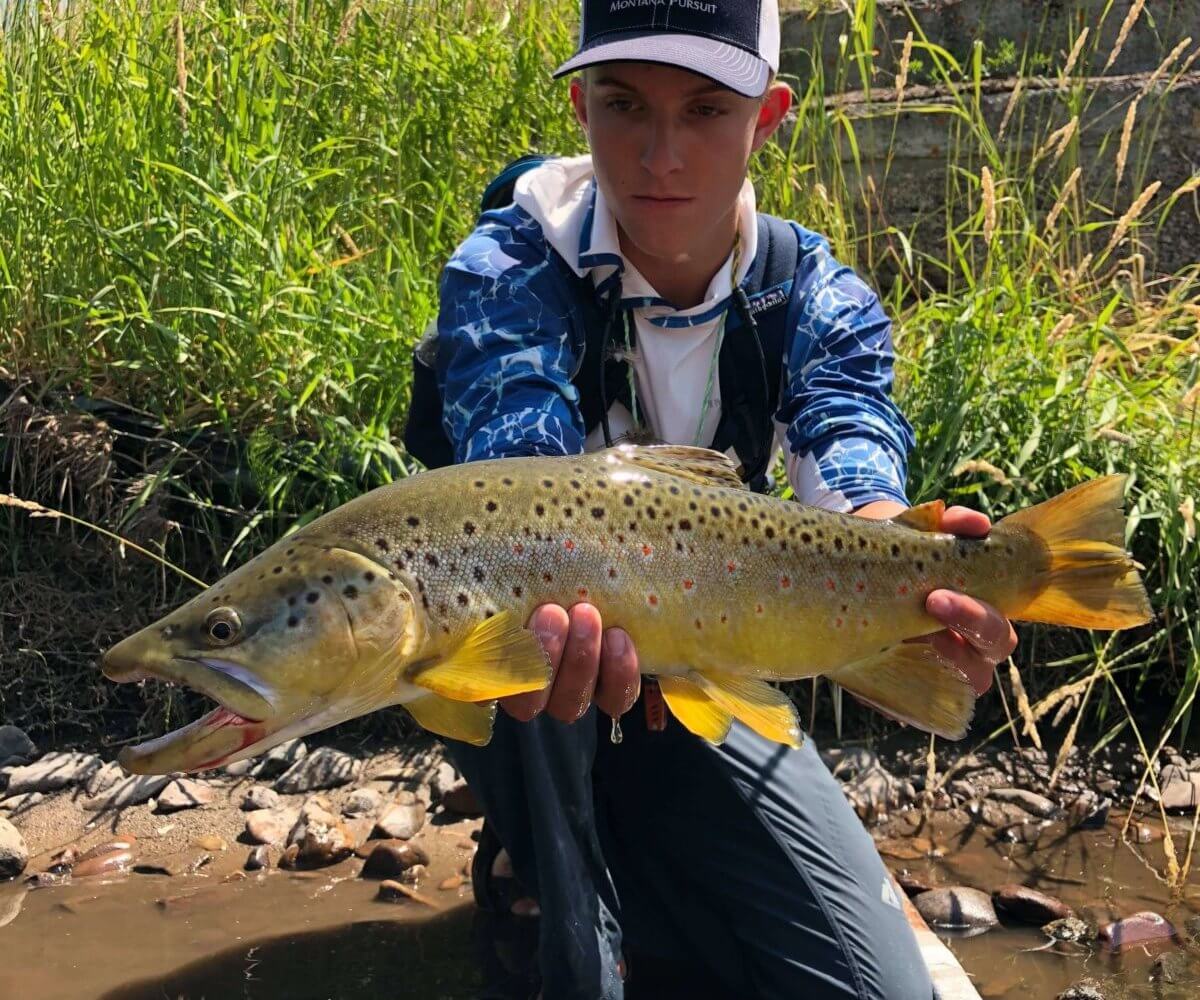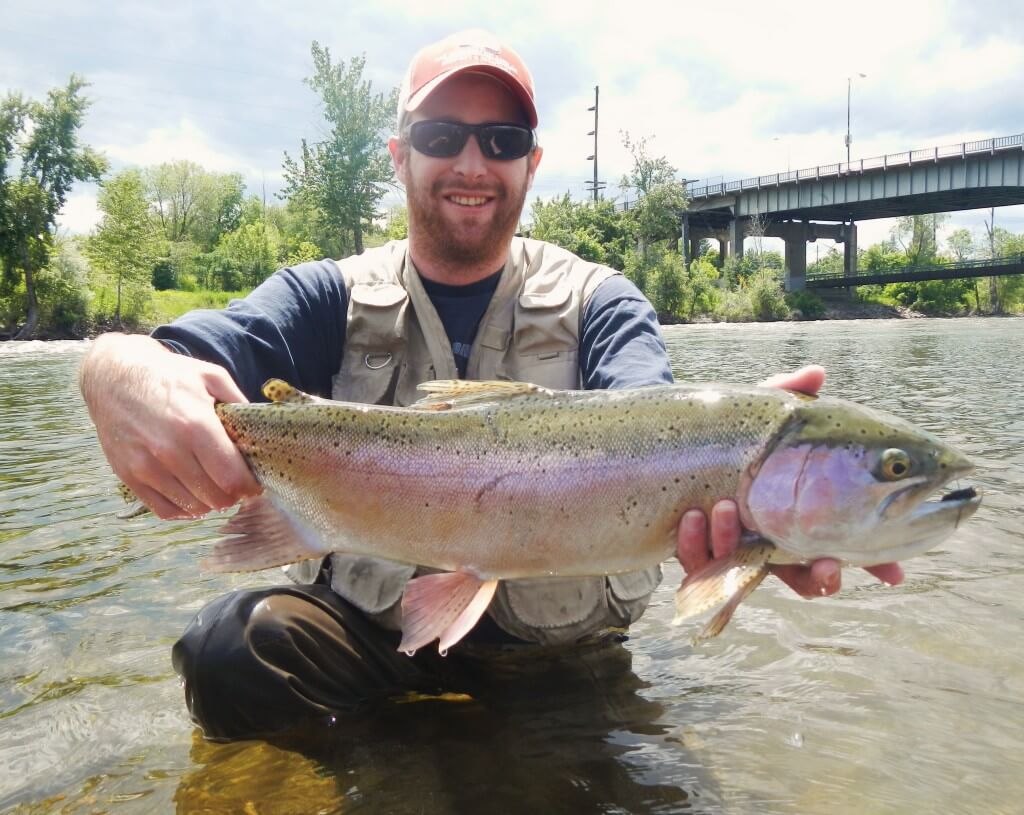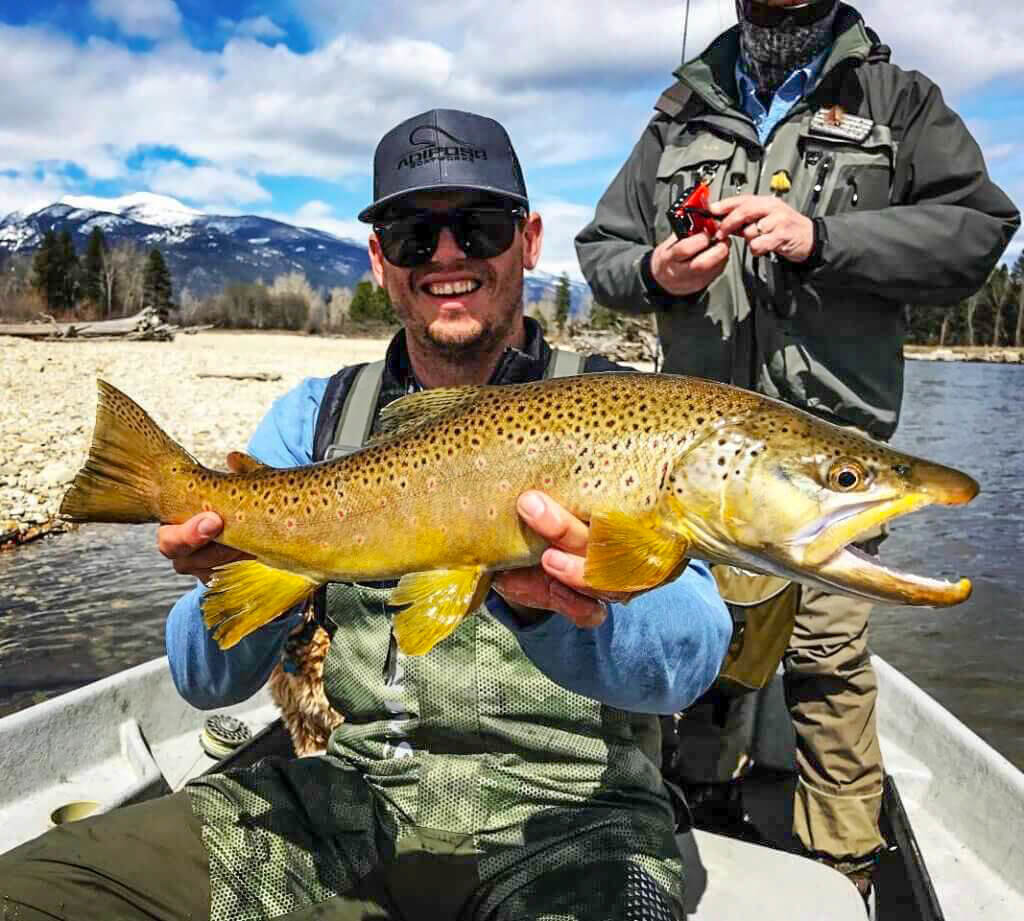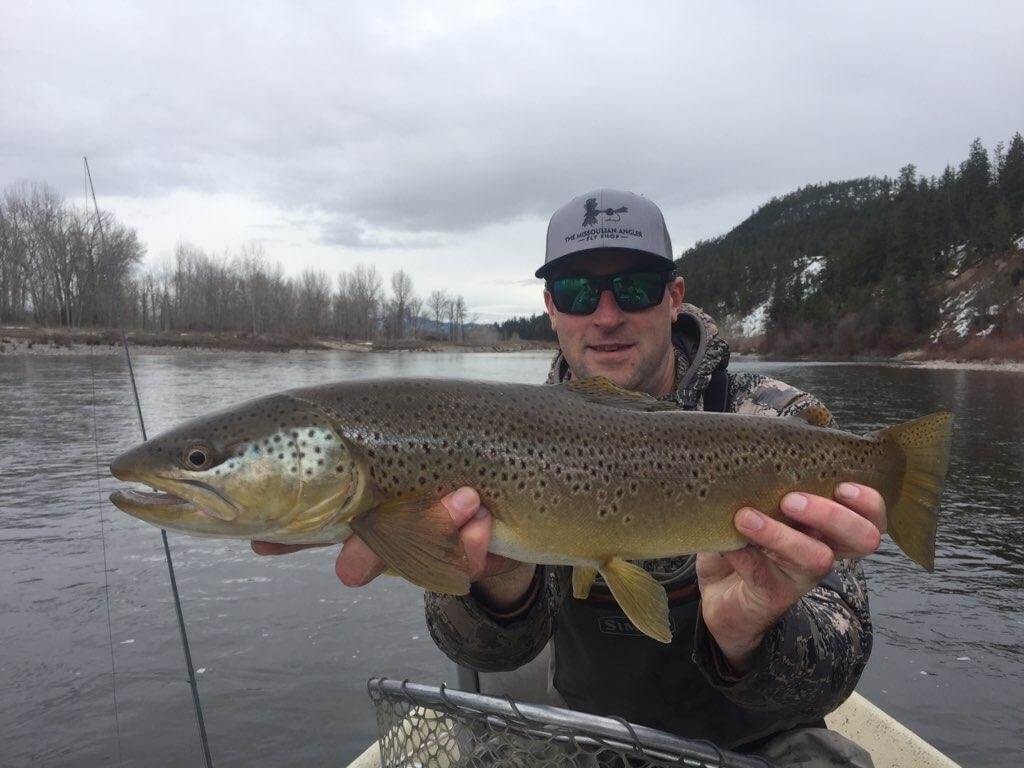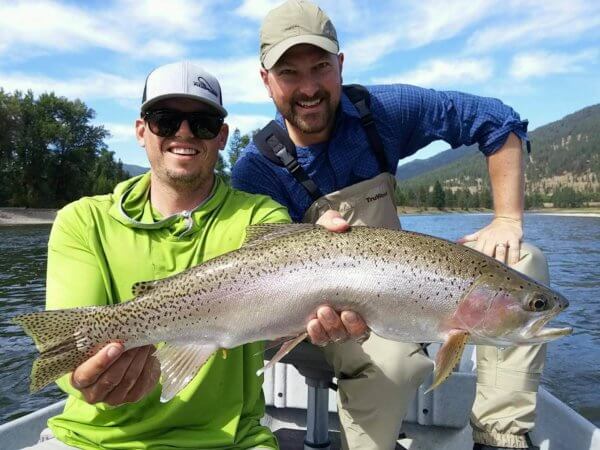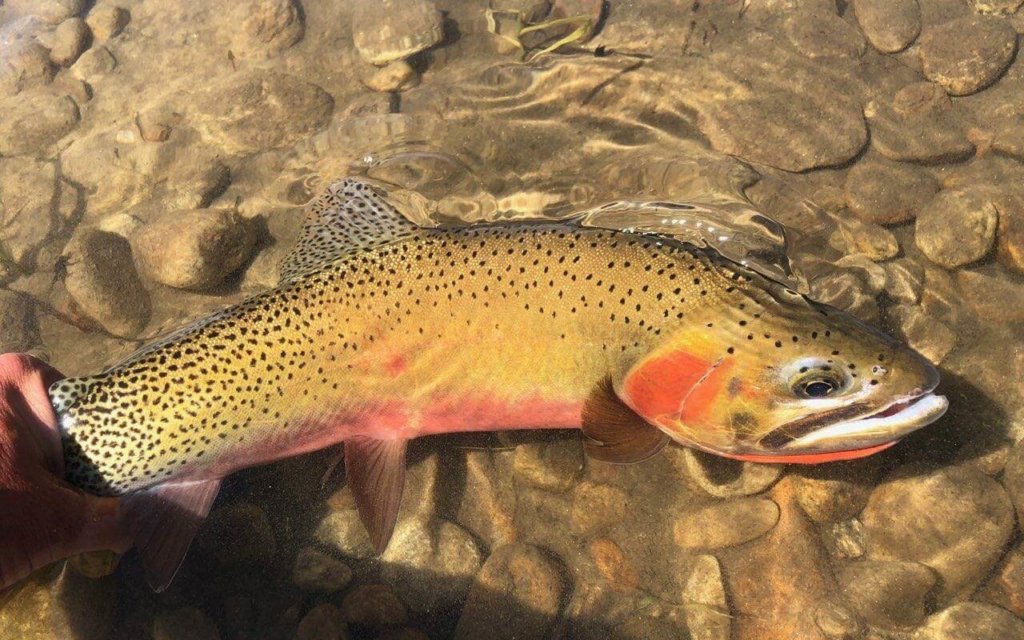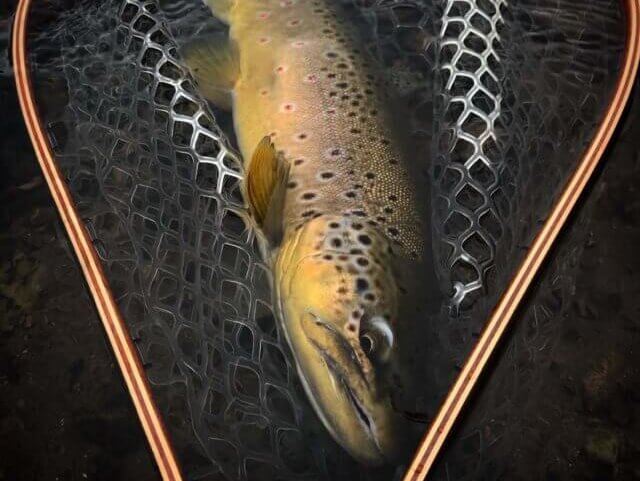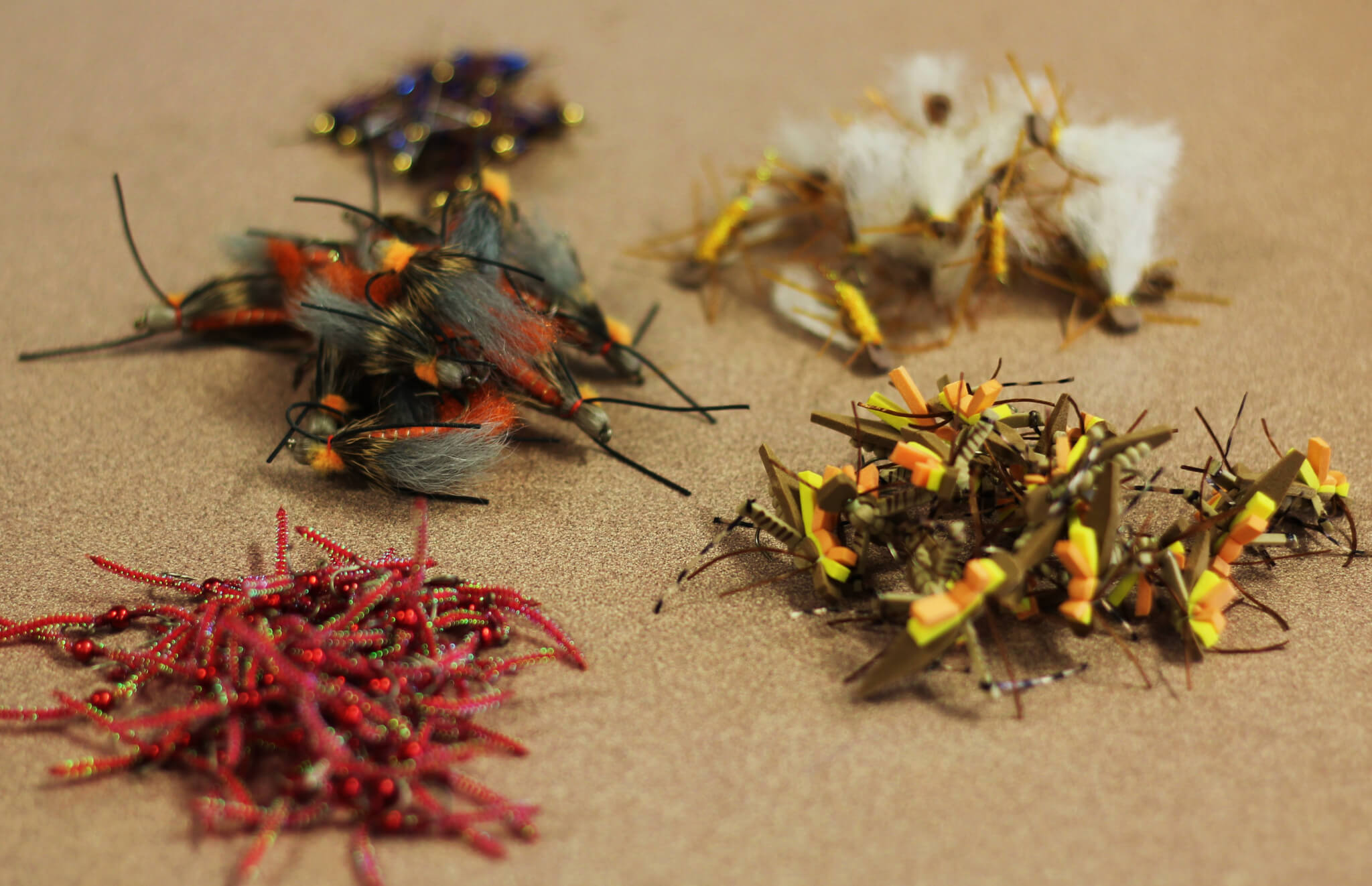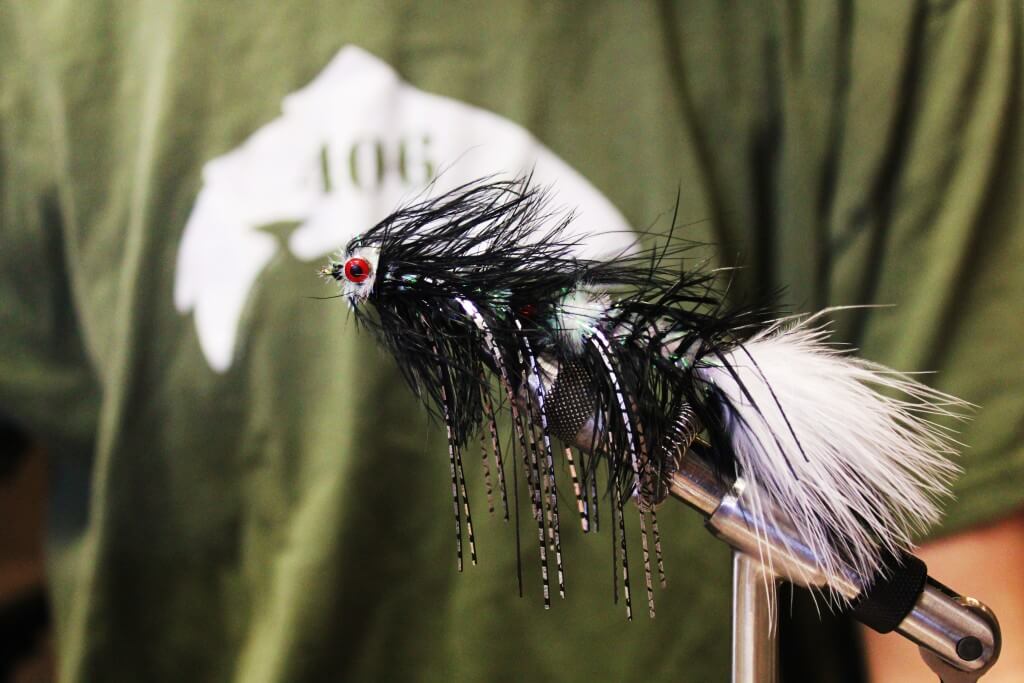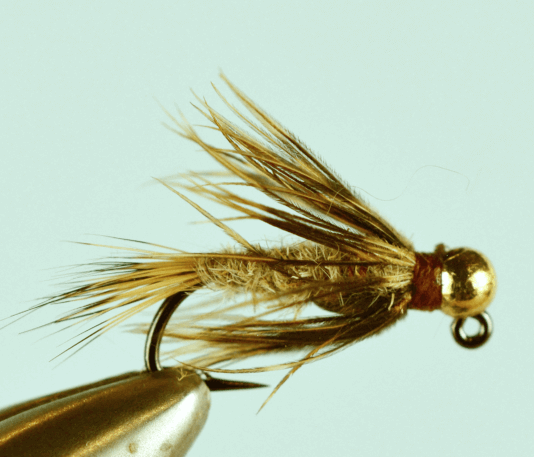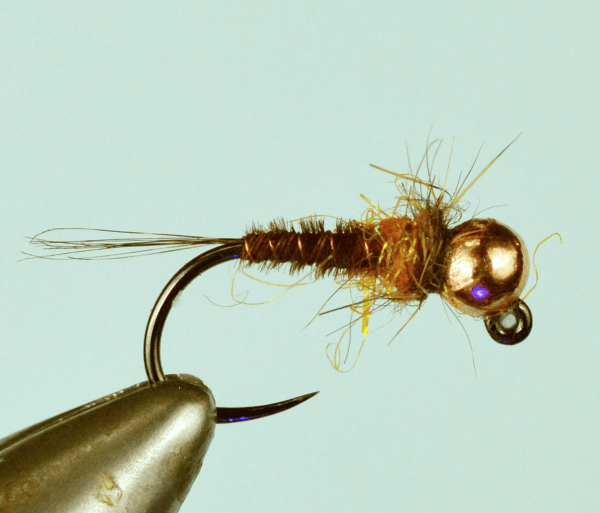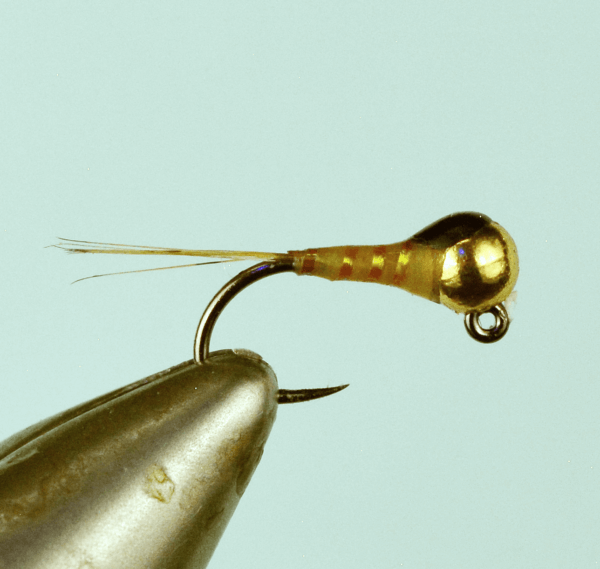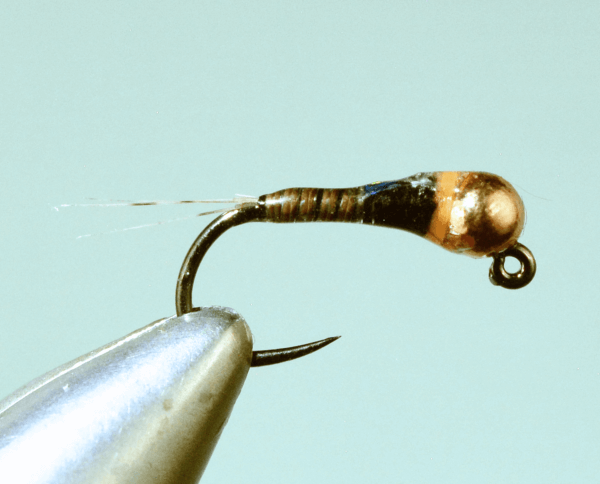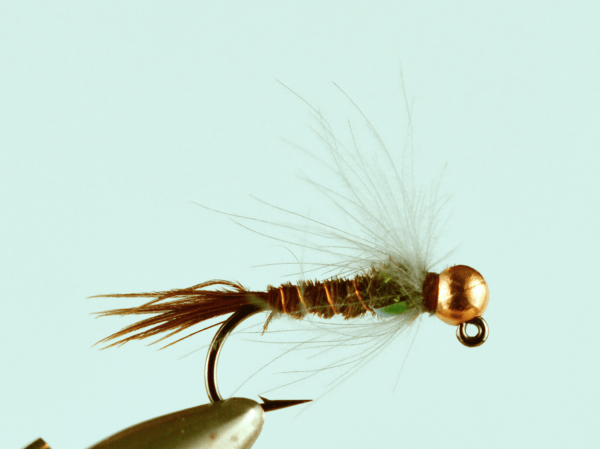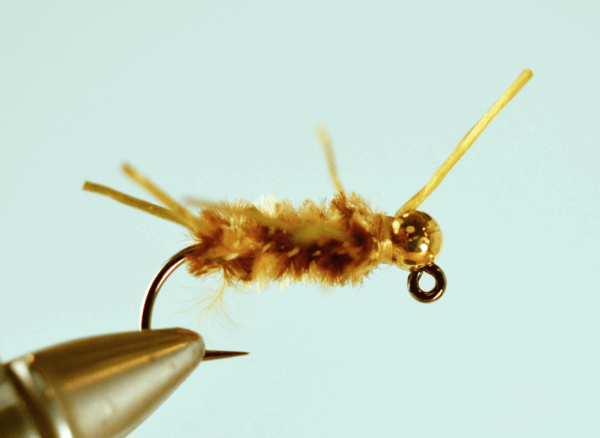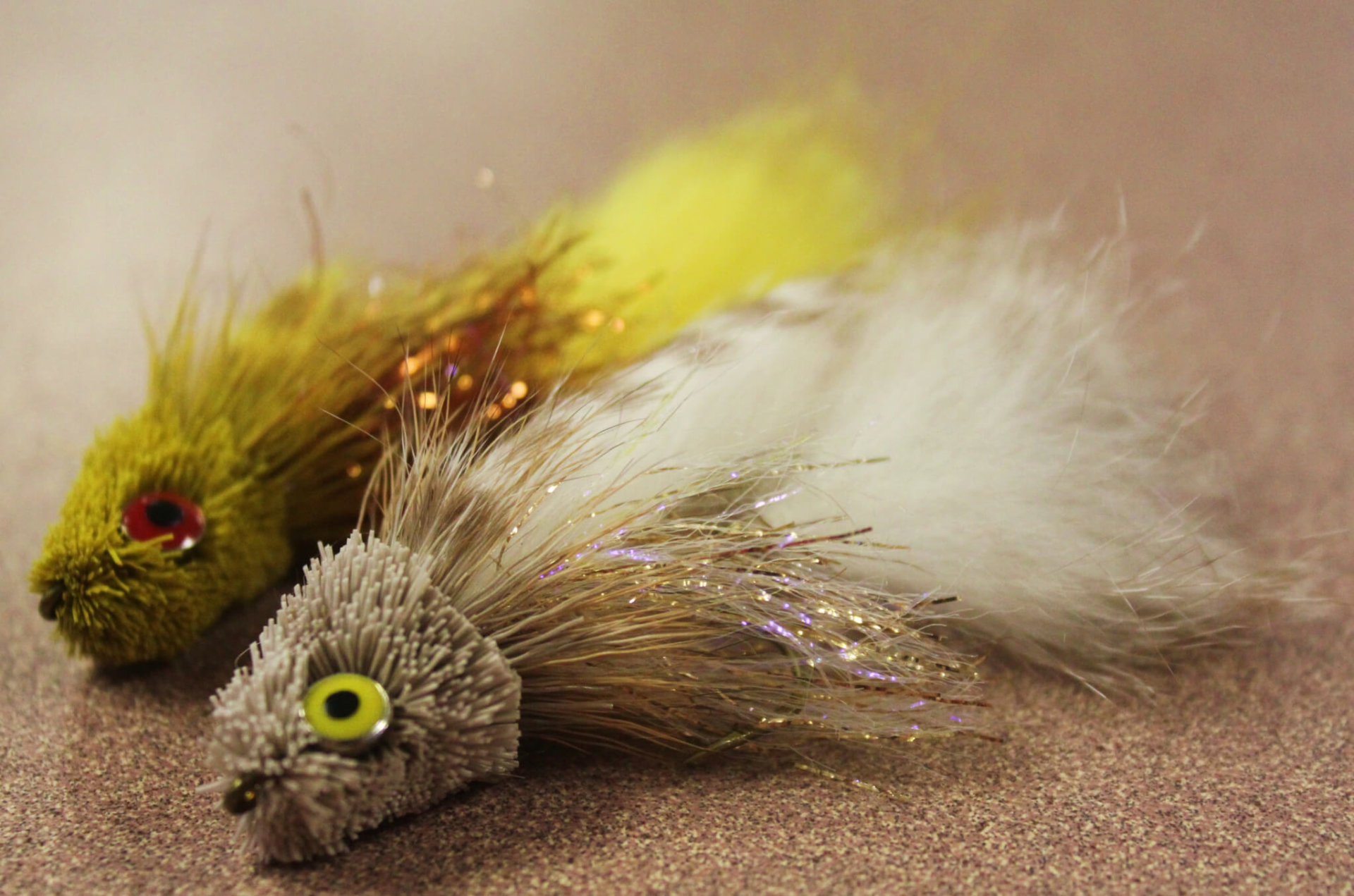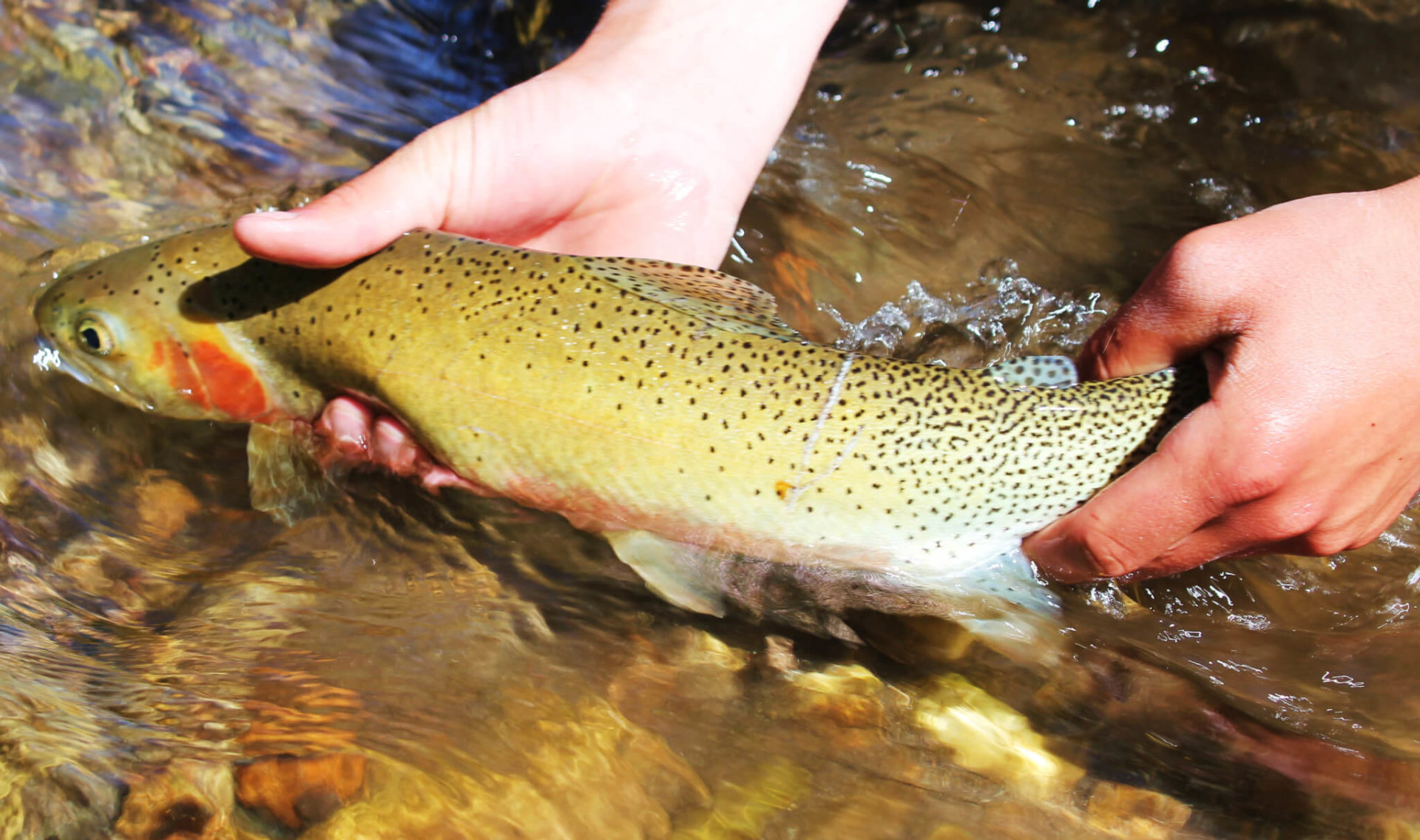You did it. You bought your first fly rod. You stumbled and suffered through the steep learning curve, and you stuck to it. All the knots that failed, all the flies that mysteriously flew off after someone shot a pistol behind you, those days are past…. mostly. You’ve done some very foolish things, most prominent being borrowing a buddy’s rod. And now you have it. Rod envy. We know, it starts small, but then it begins to build and build. There comes a time when you say to yourself, my best fly fishing in Missoula is only going to be found with a new fly rod. One that I want, and depending on how you roll, is SO much better than your buddy’s!
This is all good. Starter rods have definite limitations, and you’re starting to find them. It means you’re growing as an angler, acquiring new skills to be more effective. You know the old rod works, it simply no longer enhances your experience. The die is cast. You’re on the hunt for a new magic wand. That old 5 wt is being relegated to the back of the closet, or a niece. That’s not clear yet. What is clear is it’s time to make the move.
As you go for rod two, you should be aware that there are so many rod manufacturers out there making high quality rods. They all cast really well. In fact, if you spend over $100, it’s very difficult to find a lousy rod in this day and age- a far cry from 35 years ago when most rods weren’t even decent tent poles! That’s a comforting thought, that you can’t really screw this up too badly.
You’ve done research and know that some rods are fast action (don’t bend as deeply, return to straight more rapidly) and some are slow (flex deeply, takes longer to return to straight). Each rod has it’s advantages and disadvantages. That’s a completely different subject. This is not about why you want fast or slow.. This is about you. Because, truth be told, you don’t actually need a fly rod, you just want one. This is about finding what you want.
Now you’re on safari, searching for the elusive white tiger that will transform your time on the water. Your first move is to set a budget. This very important, and not as much for monetary reasons, though those certainly matter! When buying a car, you don’t go test drive Cadillacs, Mercedes and Ferraris, all while really contemplating buying a Ford or a Subaru. Because when you go to drive the car you’re going to buy, you’re going to think it’s terrible. And we know for a fact its not. But in comparison, its not in the same league, and therefore feels lesser. This applies to fly rods as well.
If you enter a shop and say you want to cast rods, you might end up with a $1200 rod in your hand. And yes, it will be phenomenal. And then every rod you look at after won’t be up to snuff. Set a budget and stick to it. If you have an unlimited budget, our address is 802 S. Higgins!! We’ve been in business for over 30 years and we know some things about tackle. Once you hit a certain point, and for rods its about $300, to get 10% better it costs 50% more. That seems to be a pretty good rule of thumb. Here’s another thought about buying fly rods. The longer it takes to find a fly rod, the more you’re going to spend. The longer you spend looking at fly rods, the more satisfied you’ll be down the road. It’s a trade-off.
We’ve seen this done as well at our Missoula fly shop. A customer is looking for a new fly rod, and has the old standard, a 9’ 5wt. They come into the shop looking to upgrade, but they’re not comfortable about duplicating. They’re thinking about spending $500 or more on a 7 ½” 3wt, or a 9 ½’ 7wt. Both those rods are more specialty sticks when it comes to Montana trout fishing. Why would you spend so much money on an ancillary fly rod, and have your main rod be a less effective tool. Get ready to purchase pretty much the same thing you’ve already got, because it’s your go-to rod. Put your money where you’re going to use it most. It’s why your niece is getting the old one!
When you bought your first rod, you probably had no idea what you were buying. You bought something inexpensive, in case you didn’t like it. You trusted the people who sold it to you, and it worked. You might not have even put it together. This time is different. This time you know what you want. And if you don’t know, you’re going to find out. The only way to find out how a fly rod feels is to cast it. Shaking a fly rod doesn’t get it done. You need to put a line on it and go cast it. That’s the only way to know how its going to perform. If the fly shop doesn’t have a line for you to use, bring your old one.
We’ve seen this happen when traveling or just in other shops. A customer walks in and says they want to buy a fly rod. The salesperson says I know exactly the rod you want, and starts his spiel. Beware! You’re buying this rod because you want to, not because you have to. Sure, the salesperson might be right. But probably not. They haven’t seen you cast, so how can they make a recommendation? Everyone at the MAngler has their favorite rod, and at some point it’s going to be in your hand. But we’re doing more than handing you rods and saying how good it is. We’re watching you cast, we’re watching your loop, and comparing distance to the other rods you’ve tried. This next bit sounds rude, but it’s not. We don’t care what rod you buy. Our only vested interest is you buy it from us, and you’re happy with your purchase. Many times we sell rods we’re personally not enamored of. Why? Because the customer casts it better than our favorite. We’re not buying the rod, you are! So we watch you cast, and then start matching rods to your preference.
Your Mom always says, don’t fall for the first pretty face that comes by. The same applies to fly rods. Even if the first rod feels like magic in your hands, go cast more. Sure, that rod might be the one, but you’ve got to check. Don’t be swayed by some slick talking salesman or a discount. Do your due diligence. The rod will be there when you go back. And if it’s not, they can order another one! The last thing you want to do is buy the first rod you cast, and then later cast a buddy’s you like much better. That will haunt you every time you use your rod, and the haunting will go up in proportion to how much you spent!
Because you’re doing this to make yourself happy. Its not a chore to go and cast a bunch of rods, it’s a privilege. Go out and enjoy the experience. Have a great time casting each rod. Every time you pick up a new stick, you learn more about your casting. You find out more about likes and dislikes. You hone in on your happy place, and crystalize in your mind exactly what you’re looking for. Because the goal is to find a rod that makes you go “Ooooohhh” every time you fish it. You want a rod that makes you smile when it comes out of the tube, that fills you with confidence every time you take it out to play. Because if it doesn’t, then what’s the point? You have a rod that works- this is about a rod that makes you smile. It will take a little time and a little effort. Trust us, it’s worth it. Having that magic wand, the rod that does it all for you, is such a good feeling on the water. It’s worth the time and effort to make your second rod exactly what you want.

